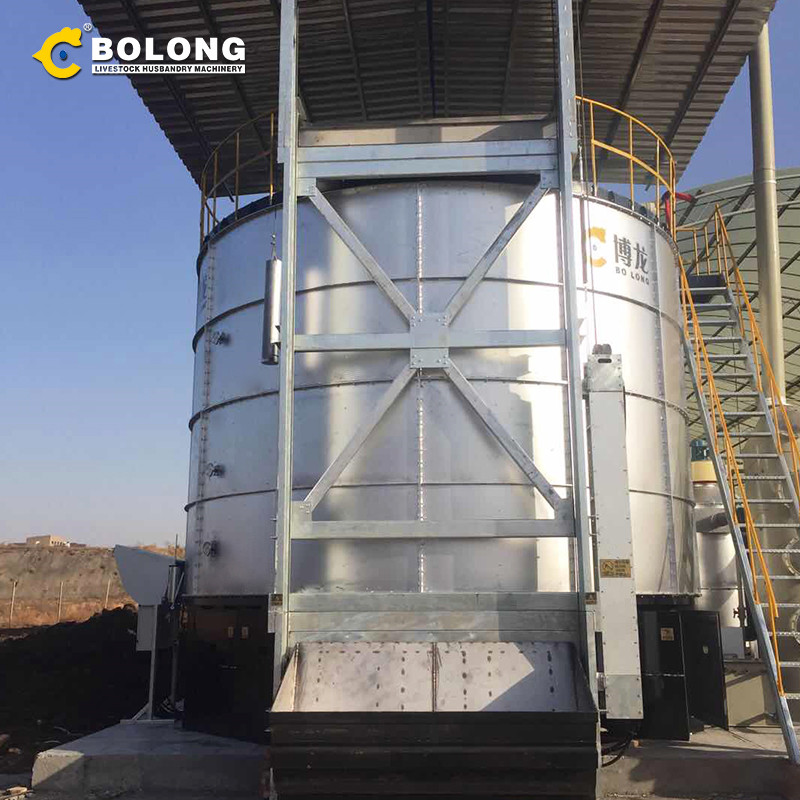
2023/12/4/ · Several processes are used: air drying on sand beds. centrifugation. belt pressing (filtration) Increases solids content to 15 to 30%. Air drying reduces pathogens. Centrifugation and filtration result in some loss of nutrients. Anaerobic digestion. One of the most widely used for sludge treatment.

2014/3/1/ · The properties of MSS were referred to MSS I (87.98% water content, 43.56% organic matter, and 4.26% total nitrogen), and the MSS reduction was 85% for the comprehensive recycling and 63% was
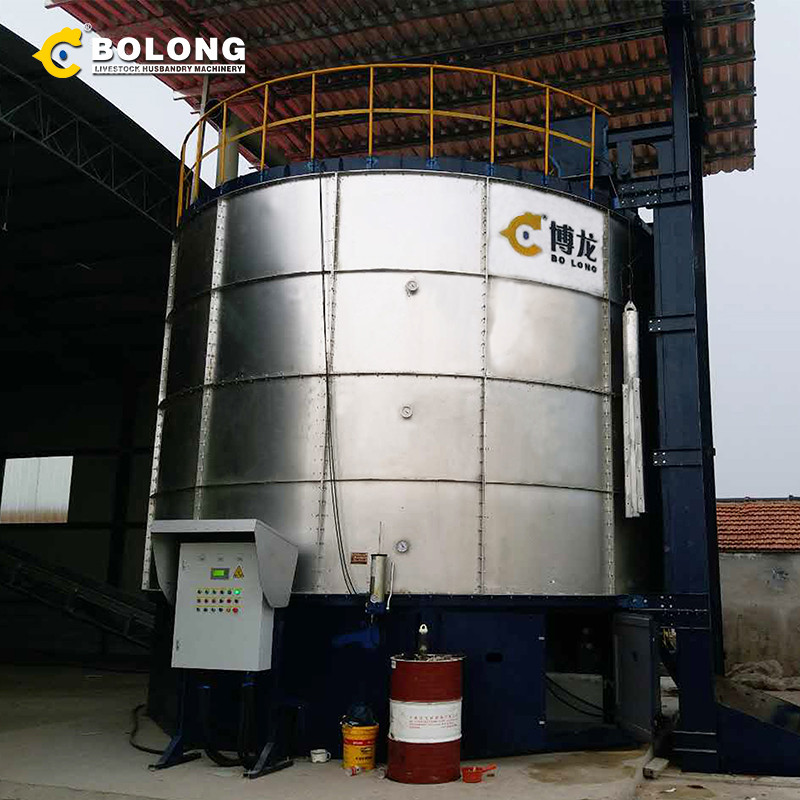
2018/11/18/ · Oxygen is an important parameter for organic-waste composting, and continuous control of the oxygen in a composting pile may be beneficial. Oxygen Monitoring Equipment for Sewage-Sludge Composting and Its Application to Aeration Optimization Sensors (Basel). 2018 Nov 18;18(11):4017. doi: 10.3390/s18114017.
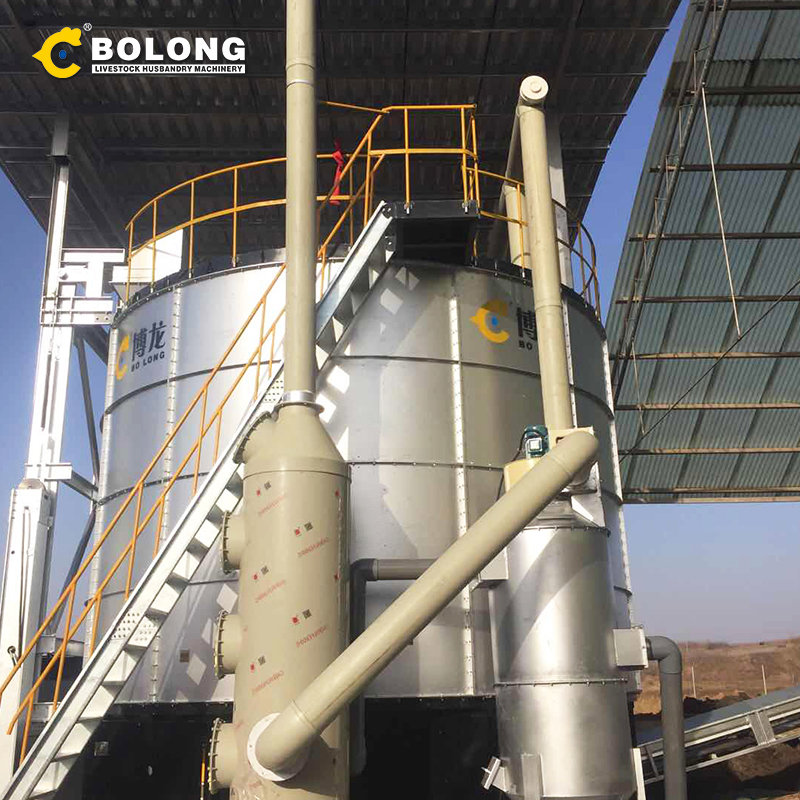
2023/12/15/ · Basics of Biosolids. Biosolids are a product of the wastewater treatment process. During wastewater treatment the liquids are separated from the solids. Those solids are then treated physically and chemically to produce a semisolid, nutrient-rich product known as biosolids. The terms ‘biosolids’ and ‘sewage sludge’ are often used
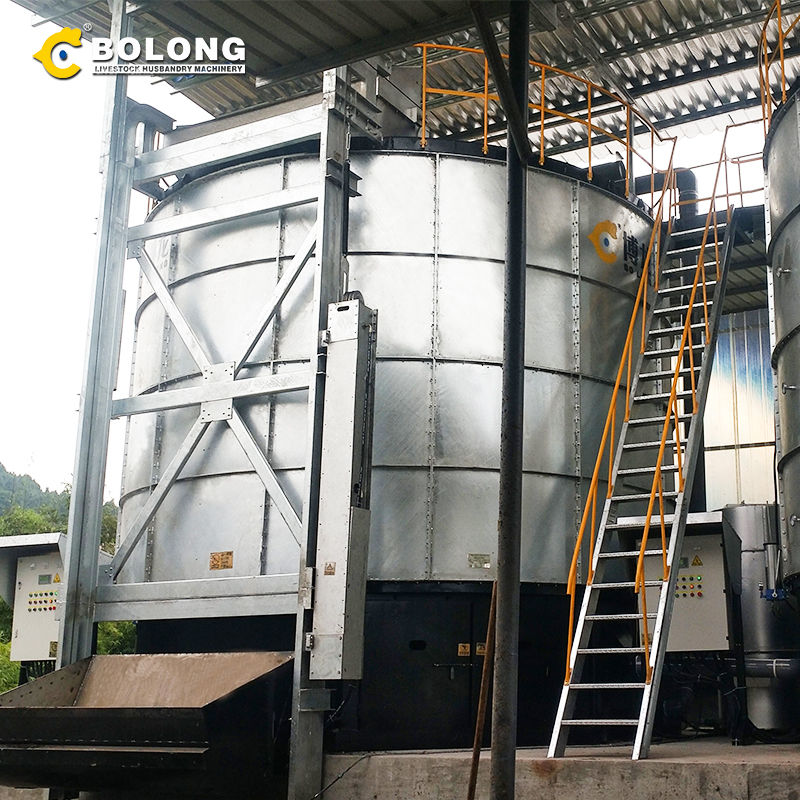
2022/1/1/ · 2.1 Characters of Sewage Sludge. The source and volume of flushing water (public and private toilets), storage technique (on-site and off-site), and additional treatment phase, such as digestion, all have an impact on the sludge’s characteristics (Tables 3 and 4).Fresh sludge contains a high concentration of microorganisms, a high water content, a
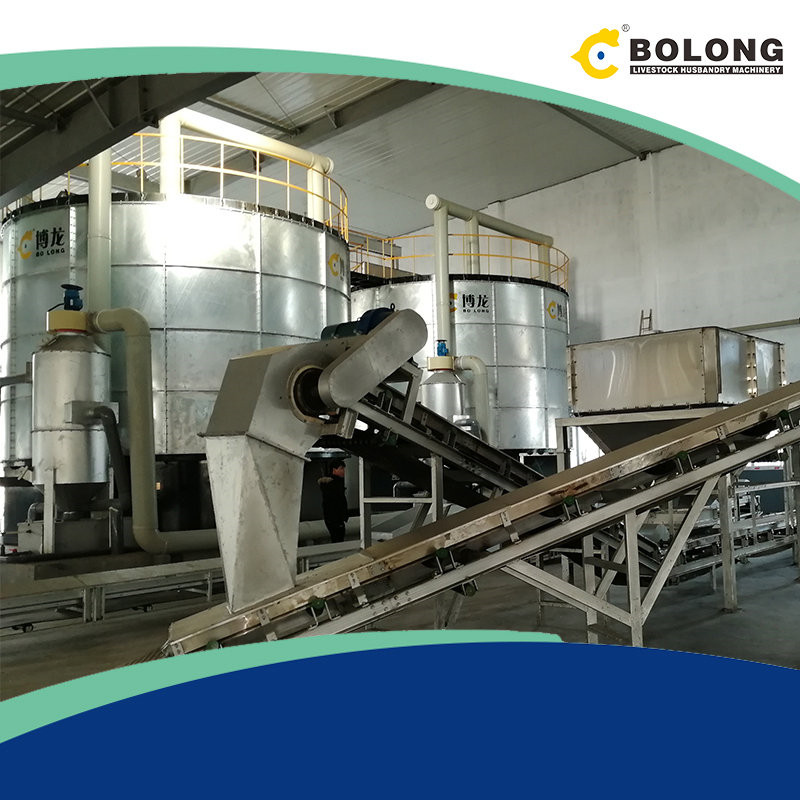
2023/1/18/ · Dewatered sludges from twenty-two sewage treatment facilities were characterized to develop the quality control indices in India. This study used fertilizer index (FI) and clean index (CI) as a tool for categorizing sludge utilization into different classes (A, B, C and limited use classes LU-1, LU-2, LU-3) by their fertilizing potential, toxicity level,
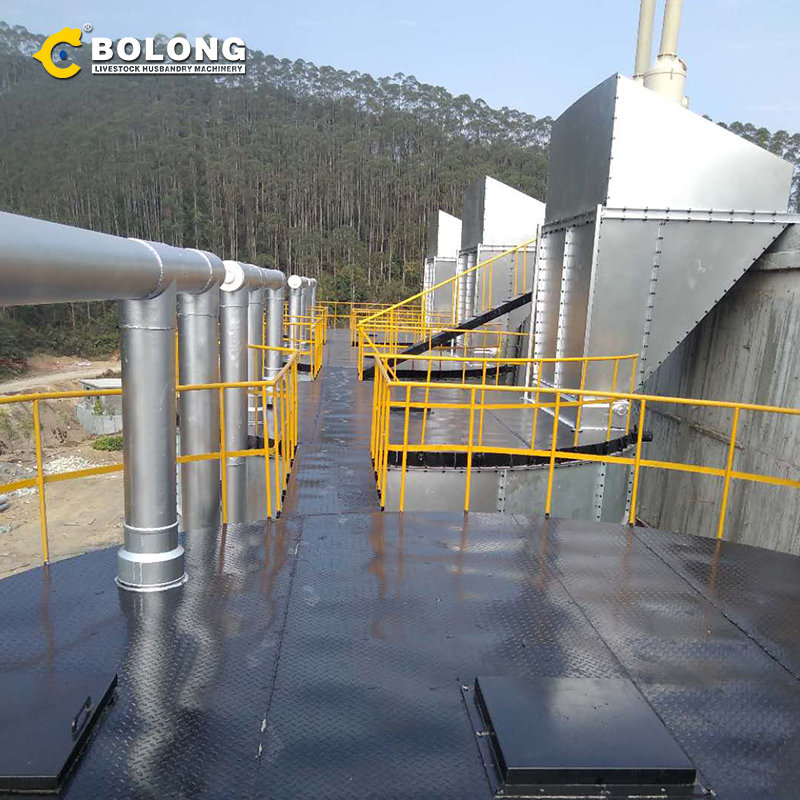
2023/1/1/ · Numerous studies have been conducted to optimize sewage sludge composting and processes and to evaluate their effect on the removal of organic and inorganic pollutants, such as heavy metals, PAHs, PPCPs, and pathogens.

2020/12/22/ · Conventional fertilization practices in agroecosystems concern the supply of bioavailable nutrients, such as mineral fertilizers. A consolidated alternative to restoring the long-term fertility of agricultural soils is their amendment with organic fertilizers. Soil amendment with biowaste compost or sewage sludge represents a sustainable strategy
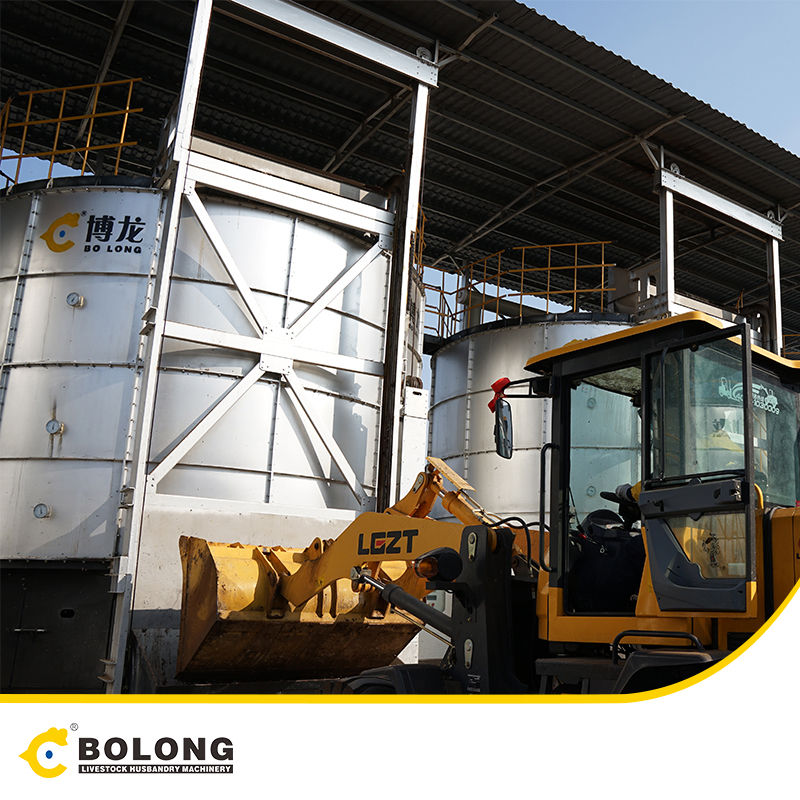
Sludge composting. The platforms for composting make it possible to produce sludge with homogeneous, stabilized and generally hygienized quality. Accreditation is obtained in terms of “fertilizing matters and supports of culture” near the Ministry for Agriculture. It relates to very few rough sludge from sewage treatment plant because it is


2021/12/23/ · Figure 3 shows the results of relative abundance of bacterial taxonomic assignation obtained after the 16S rRNA phylogeny analysis of each phase of the different industrial-scale sewage sludge composting processes. The three processes studied showed very different profiles. Globally, the bacteria at the dominant phylum level were

2022/5/20/ · The examination of sewage sludge produced from wastewater treatment plants considering different employed presented that the energy savings for managing sewage sludge for biogas production than producing compost are estimated at 27060 MJ/t of input (SS). Simultaneously, the avoided carbon dioxide emissions are 697


2020/11/1/ · 1. Introduction. Waste activated sludge (WAS) is the solid waste produced during the biological treatment of wastewater (Wei et al., 2020), especially from municipal wastewater treatment plants (WWTPs).In China, the continuous construction of sewage drainage systems and wastewater treatment facilities has resulted in an increase in the

Lithuania annually generates around 6.5 million m3 of sludge with a dry matter content of 65 700 t. The wastewater treatment plants of industrial enterprises and residential areas generate another